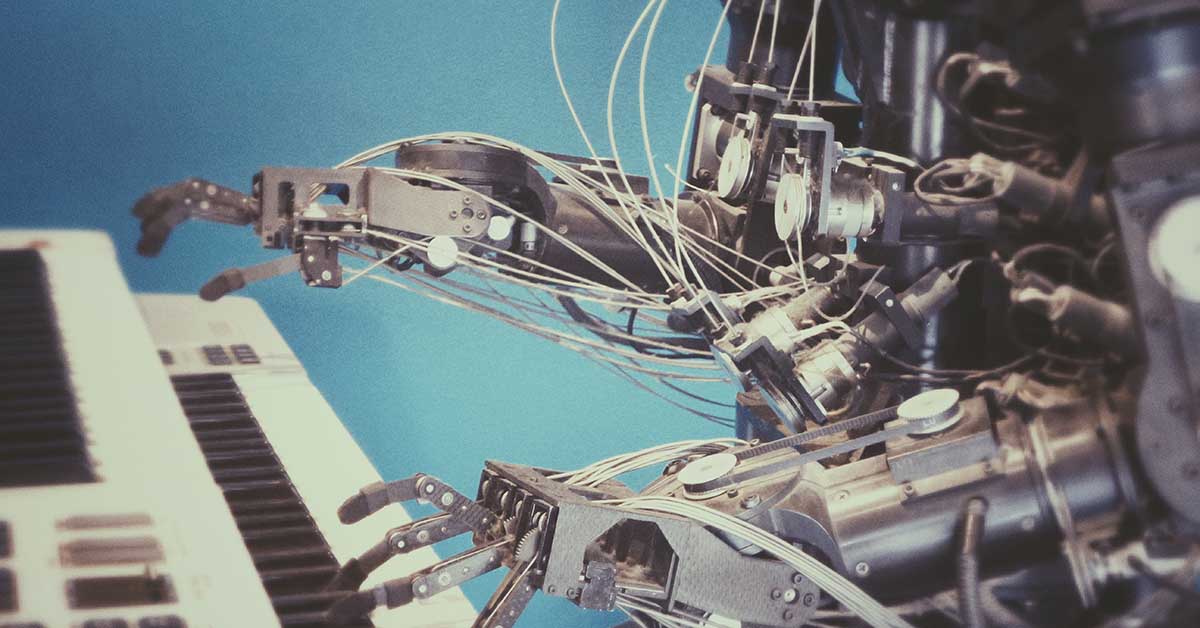
Impacting AVC with AI and ML
As the digital world becomes the new reality, the growing emphasis on the collection, analysis and manipulation of data are transforming consumer interactions. However, the real difference will surface as artificial intelligence (AI) and machine learning (ML) become prominent. These same trends will ultimately play a much larger role in AVC (audio visual control) deployments as well. After all, AI/ML have the unique ability to enhance the experience for both the user and the operator.
Furthermore, it’s the convergence of multiple systems such as audio/visual, security access, and tools used for facility planning that show the initial promise to continuously enhance experiences. This is truly the next step from the today’s most advanced deployments armed with self-aware servers that monitor and self-heal multiple pieces of equipment. Accomplishing this type of action understandably requires some data analytics, but not at the big data level that drives AI/ML.
Real World Applications
In its simplest terms, AI/ML will expand what is already happening it in the hospitality environment, where individual preferences are taking center stage. For instance, using data collection and analysis to learn customer food preferences as a means of determining what to offer as prominent suggestions on digital menus. Or, in the world of attractions, advanced learning could suggest what patrons should to visit based off their learned preferences (thrill-seeking, nostalgia, role-playing, etc.) or even directing health conscious guests towards choices other than ice cream and cotton candy.
In terms of industry sector, market studies show that initial progress will be within the security-based deployments. If, for instance, a child is missing, today’s tools can peruse recordings to find frames to identify people of interest. AI/ML will expand its effectiveness by making predictions as to where the missing child could be based on recorded movements. AI/ML use will only intensify as hardware capabilities improve. For instance, combining experience-based intelligence with minute microphones that automatically gather and interpret information to triangulate potential issues.
Overcoming AI Obstacles
Of course, expanding AI/ML into more of the customer-facing deployments has its challenges. The most pressing of which centers on communication and connectivity including the need to build-out the various components of the Internet of Things. While many organizations recognize the growing need for higher bandwidth, it remains an ongoing challenge for most. Overcoming data sharing obstacles is also an ongoing issue. Obviously, the idea of evil or deviant use of super-human intelligence impacts our willingness to share. Although the hesitation is sometimes justified, information sharing is not always a dangerous proposition.
It’s important that organizations never trivialize the human intuition and human approach to things. This is especially true as AI/ML make integrates into daily operations. Although AL/ML indicators may point to hot trends, a person may recognize it as a fad that will quickly pan out. Being able to incorporate the human touch makes customization a more meaningful part of the experience. AI/ML are not always good at identifying the exceptions that come from human action and feeling. Successfully applying these technologies to AVC deployments will rest with our ability to leverage them as enhancements – not replacements.
Ryan Poe
Ryan Poe, Electrosonic’s Director of Technology Solutions, works and writes on the frontiers of advanced technology. He is a trusted adviser on leveraging technology in new ways and works within our Innovation Garage framework to evaluate new technologies and develop resources that support a portfolio of advanced services.










.jpg?width=1500&height=995&name=ELC501_N17_medium%20(1).jpg)








































































































































































































